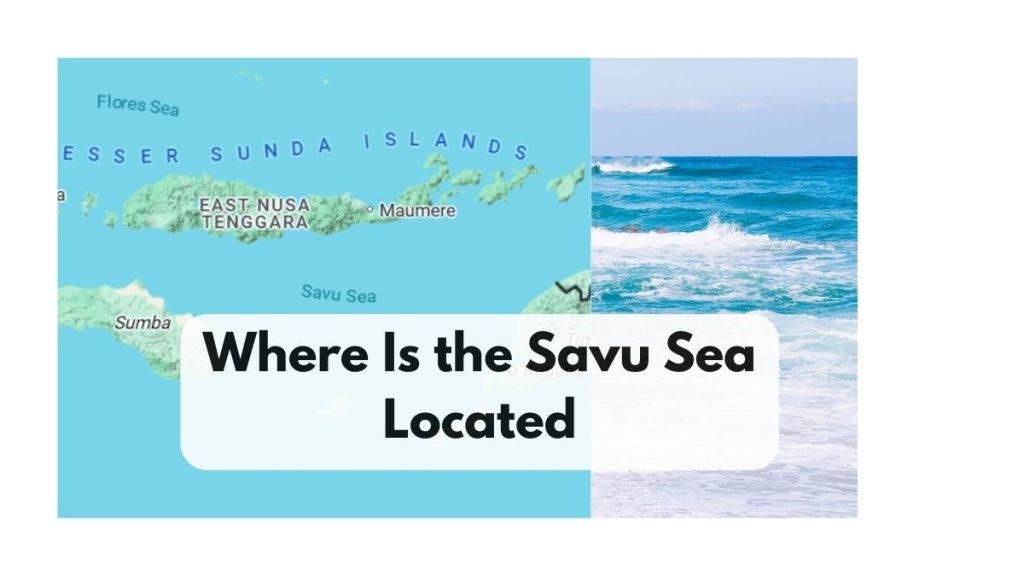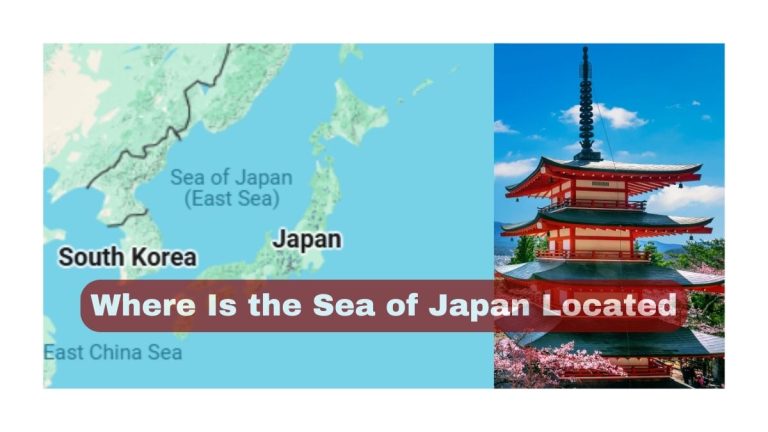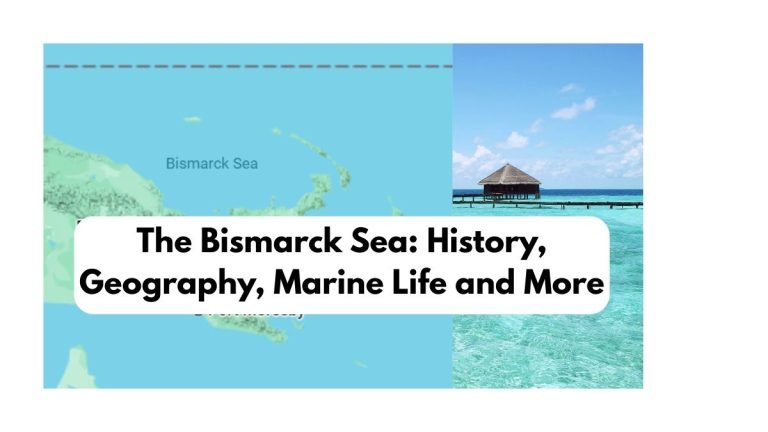The Savu Sea (click here to see map), a shimmering expanse of blue located between Indonesia’s Flores Island and Timor-Leste, is one of the planet’s last truly unspoiled marine ecosystems. Far from the crowded tourist trails of Bali and Komodo, this remote aquatic wonderland offers an extraordinary blend of vibrant coral reefs, majestic marine mammals, and fascinating indigenous cultures.

Where is the Savu Sea Located?
The Savu Sea forms a vital marine corridor in southeast Indonesia, strategically positioned between several major islands:
- Northern Boundary: Flores Island (part of East Nusa Tenggara province)
- Southern Boundary: Timor Island (divided between Indonesian West Timor and the nation of Timor-Leste)
- Western Boundary: Sumba Island (known for its megalithic cultures)
- Eastern Boundary: The Timor Sea, which connects to the Arafura Sea and ultimately the Pacific Ocean
Key Islands Within the Savu Sea
- Savu Island (Sawu) – The sea’s namesake, home to the indigenous Savunese people
- Raijua Island – A tiny, rugged island with spectacular surf breaks
- Rote Island – Indonesia’s southernmost point, famous for its traditional lontar palm syrup
- Dana Island – An uninhabited nature reserve with pristine beaches
- Ndao Island – Renowned for its exquisite handwoven textiles
Savu Sea Depth Profile
| Depth Zone | Characteristics | Marine Life |
| 0-30m (Shallows) | Coral reefs, seagrass beds | Reef fish, turtles, dugongs |
| 30-200m (Continental Shelf) | Underwater plateaus | Pelagic fish, sharks |
| 200-3000m (Deep Basin) | Underwater canyons | Whales, deep-sea squid |
The sea’s average depth of 1,700 meters creates unique ocean currents that bring nutrient-rich waters to the surface, supporting an incredible diversity of marine life.
10 Interesting Facts About the Savu Sea
- Ancient Navigation Hub: For centuries, the Savu Sea was part of the Sandalwood Trade Route used by Chinese, Arab, and Portuguese merchants.
- Whale Whisperers: The Savunese people believe certain elders can communicate with whales through sacred rituals.
- Underwater Volcanoes: The sea contains several active submarine volcanoes that create nutrient-rich upwellings.
- Language Diversity: Islands in the Savu Sea host 14 distinct languages despite their small populations.
- Mystery Species: In 2019, scientists discovered three new fish species during a single research expedition.
- Tidal Power: The 7m tidal range creates powerful currents that shape unique marine habitats.
- Living Fossils: The sea contains populations of nautilus, creatures that have existed virtually unchanged for 500 million years.
- Moon Fishing: Local fishermen still use traditional lunar calendars to predict the best fishing times.
- Coral Resilience: Some Savu Sea corals can survive in 32°C water – much warmer than most reefs tolerate.
- Underwater “Gardens”: Certain areas have sponge gardens with over 50 different sponge species in one location.
Why is the Savu Sea Ecologically Significant?
1. The Heart of the Coral Triangle
The Savu Sea lies within the Coral Triangle, the global epicenter of marine biodiversity. Scientists have recorded:
- 605 species of reef-building corals (76% of all known species)
- 2,228 species of reef fish (37% of the world’s total)
- 6 of the 7 existing marine turtle species
2. Asia’s Great Whale Migration Highway
Each year, the Savu Sea witnesses one of nature’s greatest spectacles:
- Blue whales (the largest animals on Earth) travel through these waters between June-November
- Sperm whales dive to hunt giant squid in the deep trenches
- Spinner dolphins form superpods of over 1,000 individuals
Recent satellite tagging studies show the Savu Sea serves as a critical “rest stop” for migrating cetaceans traveling between the Pacific and Indian Oceans.
3. Last Stronghold of Healthy Coral Reefs
Unlike many reefs worldwide suffering from bleaching, Savu Sea corals remain remarkably resilient due to:
- Limited coastal development
- Natural resistance to warmer waters
- Traditional fishing practices that avoid destructive methods
5 Must-Visit Destinations in the Savu Sea
1. Savu Island (Sawu)
- Cultural Highlight: The ancient “Jou” ritual where villagers communicate with whales
- Best Activity: Whale watching from traditional wooden boats
- Unique Feature: Handwoven “ikat” textiles using natural dyes
2. Dana Island (Rote)
- Geological Wonder: Dramatic 200m limestone cliffs plunging into the sea
- Marine Life: Regular sightings of dugongs (sea cows) in the seagrass beds
- Access: Requires special permit as it’s a protected nature reserve
3. Alor Archipelago
- Diving Paradise: Over 50 dive sites with 90% coral cover
- Signature Dive: “The Cathedral” – an underwater rock formation covered in soft corals
- Cultural Bonus: Traditional moko drum ceremonies
4. Raijua Island
- For Adventure Seekers: World-class surfing with consistent 6-8ft waves
- Unique Ecosystem: Only place in Indonesia where certain seabird species nest
- Local Experience: Stay in thatched-roof homestays run by fishermen
5. Ndao Island
- Artisan Heritage: Master weavers create textiles that take 6 months to make
- Marine Feature: Spectacular “blue hole” dive site teeming with reef sharks
- Culinary Specialty: Seaweed farming produces some of Indonesia’s finest nori




























